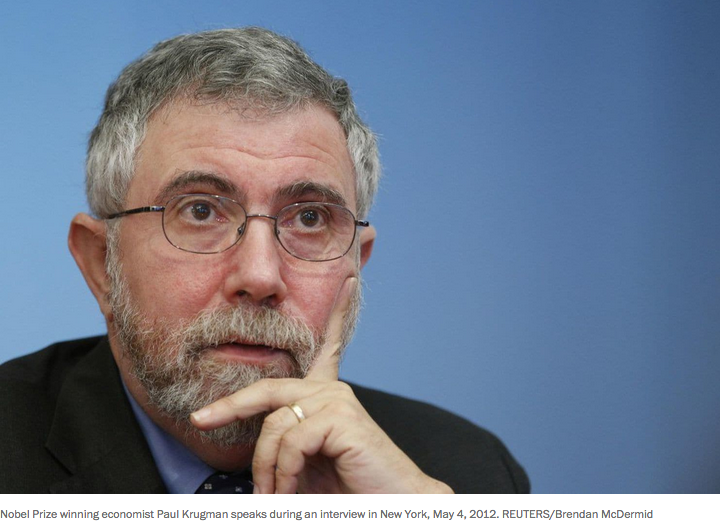A number of top-flight economists with whom I usually agree, most notably Paul Krugman, assure me that the U.S. job market is at full employment, meaning … actually, it’s not easy to describe what we mean by full employment. The easiest explanation is that that everyone who wants to work and is reasonably able to do so has a job that provides them the hours of work they want.
Yet, even at 3.9 percent unemployment, there are 6.3 million people unsuccessfully seeking work, and another 5 million who are working part-time but want full-time work. What’s up with that? It’s possible the discrepancy is due to these folks having personal limitations that make them un- or under-employable (surely, some persons of color in those numbers face employer discrimination). In other words, full employment doesn’t mean a jobless rate of zero. It means we’re left with only the structurally unemployed (those not helped by even very low unemployment) and the frictionally unemployed (people between jobs).
But the concept is ambiguous. Not only is it hard to separate out the structural from the cyclical, but there’s some evidence that strong cyclical effects — a persistently low unemployment rate — can pull people who are thought to be structurally out of work back into the job market.




